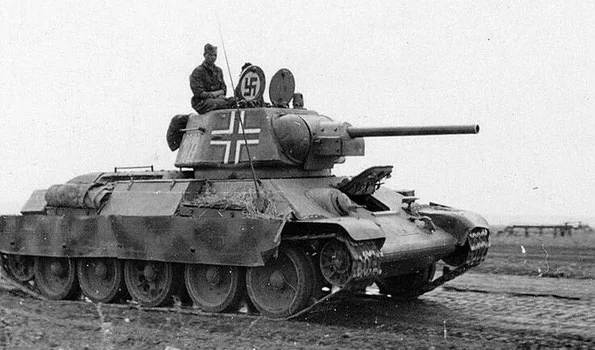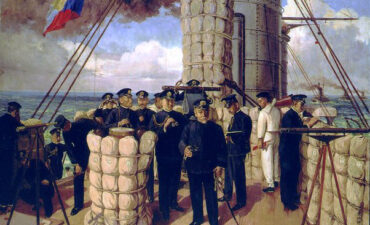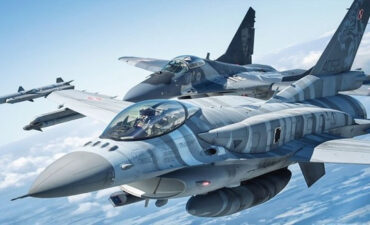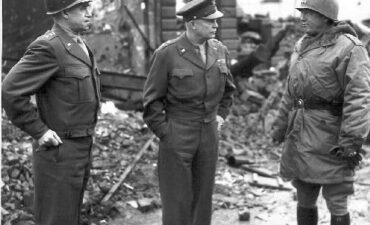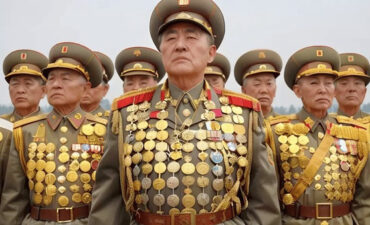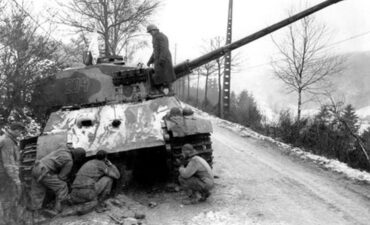Where have you seen German cruiser tanks and Soviet T-34 tanks? German crews generally had a high regard for the Soviet T-34 tanks they captured during World War II. The T-34 was praised for several features:
Sloped Armor:
The T-34’s sloped armor was revolutionary, providing excellent protection while being relatively lightweight. This design was effective at deflecting incoming shells.
Mobility:
The T-34 had wide tracks and a powerful diesel engine, which gave it excellent mobility, especially in rough terrain and muddy conditions that were common on the Eastern Front. German crews appreciated its ability to maneuver in difficult environments.
Firepower:
The T-34 was initially equipped with a 76.2 mm gun, which was effective against most German tanks at the time of its introduction. Later models with the 85 mm gun were even more formidable.
Simplicity and Reliability:
The T-34 was relatively simple to produce and maintain. Its mechanical reliability was considered superior to many German tanks, which were often more complex and prone to mechanical failures.
However, German crews also noted some drawbacks:
Ergonomics and Comfort:
The interior of the T-34 was cramped and uncomfortable for the crew. Visibility was also poor, which made it harder to spot and engage enemy targets.
Optics and Fire Control:
German tanks generally had superior optics and fire control systems, which made them more accurate at longer ranges.
Despite these drawbacks, the T-34’s overall design was highly influential and respected. German forces often used captured T-34s against the Soviets whenever possible. The tank’s effectiveness led to German efforts to improve their own designs, incorporating some of the T-34’s features into their later models, such as the Panther tank.
